
The South African Army is the ground warfare branch of South African National Defence Force. Its roots can be traced to its formation after the Union of South Africa was created in 1910. The South African military evolved within the tradition of frontier warfare fought by Boer Commando (militia) forces, reinforced by the Afrikaners' historical distrust of large standing armies. It then fought as part of the wider British effort in both World War I and World War II, but afterwards was cut off from its long-standing Commonwealth ties with the ascension to power of the National Party in South Africa in 1948. The army was involved in a long and bitter counter-insurgency campaign in Namibia from 1966 to 1990. It also played a key role in controlling sectarian political violence inside South Africa during the late 1980s and early 1990s.

The South African Special Forces Brigade, colloquially known as the Recces, is South Africa's principal special operations unit, specialising in various types of operations including; counter-insurgency, long-range-reconnaissance, unconventional-warfare, special operations, hostage-rescue, and direct-action operations. The brigade operates with two active-duty groups, with 4 Special Forces Regiment focusing on maritime operations, and 5 Special Forces Regiment focusing on land and airborne operations. Only about 8% of recruits who undergo South African special forces training pass the course.

The South African National Defence Force (SANDF) comprises the armed forces of South Africa. The commander of the SANDF is appointed by the President of South Africa from one of the armed services. They are in turn accountable to the Minister of Defence and Military Veterans of the Defence Department.

1 South African Tank Regiment is an armoured regiment of the South African Army, based at the Tempe military base in Bloemfontein as part of the South African Army Armour Formation.
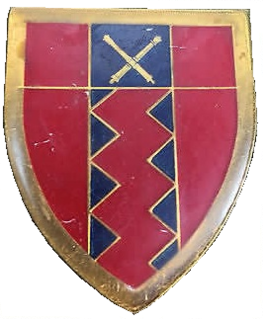
The South African Army Artillery Formation is the controlling entity of all South African Army artillery units. It draws much of its history from the South African Artillery, established in 1934 but with roots that reach back to 1921. The formation consists of both regular and reserve units. There is a separate South African Army Air Defence Artillery Formation that directs army anti-aircraft warfare units.

The South African Army Engineer Formation is the controlling entity of all South African Army military engineering units. The Formation is currently commanded by the General Officer Commanding (GOC); Brigadier General D.W. Nkosi, as of early 2013.

Lohatla is a training area of the South African National Defence Force. It is located in the Northern Cape province of South Africa and is home to the SA Army Combat Training Centre, which is part of the South African Army Training Formation.
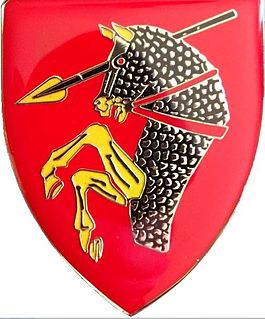
46 South African Brigade was established on April 1, 1999, as part of the restructuring process of the South African Army. Its initial function was to provide a formation headquarters for deployed reserve force elements and support 43 SA Brigade. 46 SA Brigade is a composite brigade consisting of a headquarters in Kensington, Johannesburg and a Brigade Administrative Area at Wallmansthal.
The South African Defense Review of 2012 was a policy review conducted by a panel of experts and chaired by retired politician and former Minister of Defense, Roelf Meyer. The review was commissioned by Lindiwe Sisulu the then Minister of Defense and Military Veterans, in July 2011. The review was motivated by the need to correct errors and shortcomings of the previous review.

The Joint Operations Division is a component of the South African National Defence Force tasked with conducting Joint Operations involving the various arms of the SANDF.

The Umkhonto Field Engineer Regiment is a regiment of the South African Army Engineer Formation. The unit is based in Durban with the HQ being at Old Fort Military Base, Lord's Grounds. As a reserve unit, it has a status roughly equivalent to that of a British Army Reserve or United States Army National Guard unit.

8 South African Infantry Battalion is a mechanized infantry unit of the South African Army. The battalion is equipped with Ratel Infantry Fighting Vehicles (IFV) used for fast transport and combat mobility across rough ground. Support weapons for mechanized infantry are also provided with motorized transport, or are built directly into these IFVs, in order to keep pace with the IFVs in combat. The battalion was raised at Upington in the Northern Cape in 1973, and assigned to the Infantry Formation.
Edward George McGill Alexander is a former South African Army officer.

The South African Army Air Defence Artillery Formation is the controlling entity of all South African Army Air Defence Artillery units. This Formation consists of both regular and reserve units.
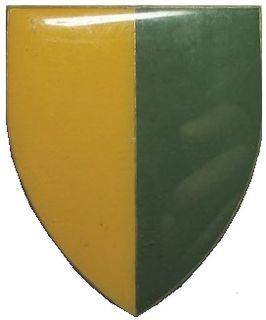
7 South African Infantry Division was a formation of the South African Army, active from the 1960s to 1999.

6 Medical Battalion Group is a Medical Battalion in the South African Military Health Service (SAMHS). SAMHS is the fourth Arm of Service of the South African National Defence Force (SANDF).
Brigadier-General Renier (Cojack) Coetzee is a General Officer in the South African Army.

8 South African Armoured Division was a formation of the South African Army, active from the 1970s to 1999.
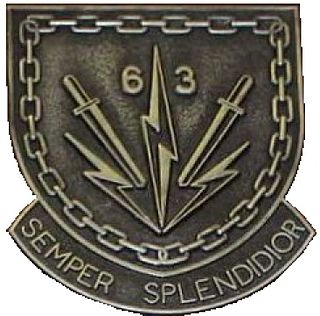
63 Mechanised Battalion Group was a unit of the South African Infantry Corps; although it was classed as mechanized infantry, it was a combined arms force consisting of infantry, armour and artillery. Together with 61 Mechanised Battalion Group and 62 Mechanised Battalion Group, these units made up 60 Brigade encompassing battlegroup principles.
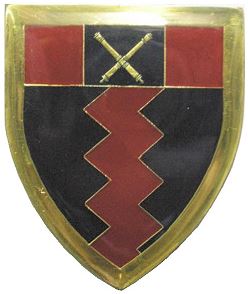
10 Artillery Brigade was a South African Defence Force formation designed for mass artillery barrages, mainly for the 7th South African Infantry Division or 8th South African Armoured Division, as well as an ad hoc formation during Operation Prone, when needed and detached and reattached where required. Smaller components would then be used at the battlegroup level.


















